Ouch!
You’ve seen people do it so effortlessly.
But whenever you give it a go, all you feel is pain.
Why is it that Indian-style sitting is so easy for some and so painful for others?
Why is it that, no matter how many times you stretch and practice, it’s still painful?
Is there any way to remove the pain?
We’re here to answer those questions for you.
In this article, we’ll take an in-depth look at the causes and solutions of hip pain when sitting Indian style.
Plus, we’ll throw in some alternatives at the end.
Are you ready? Let’s dive in!
Table of Contents
Why Does Sitting Indian Style Hurt?
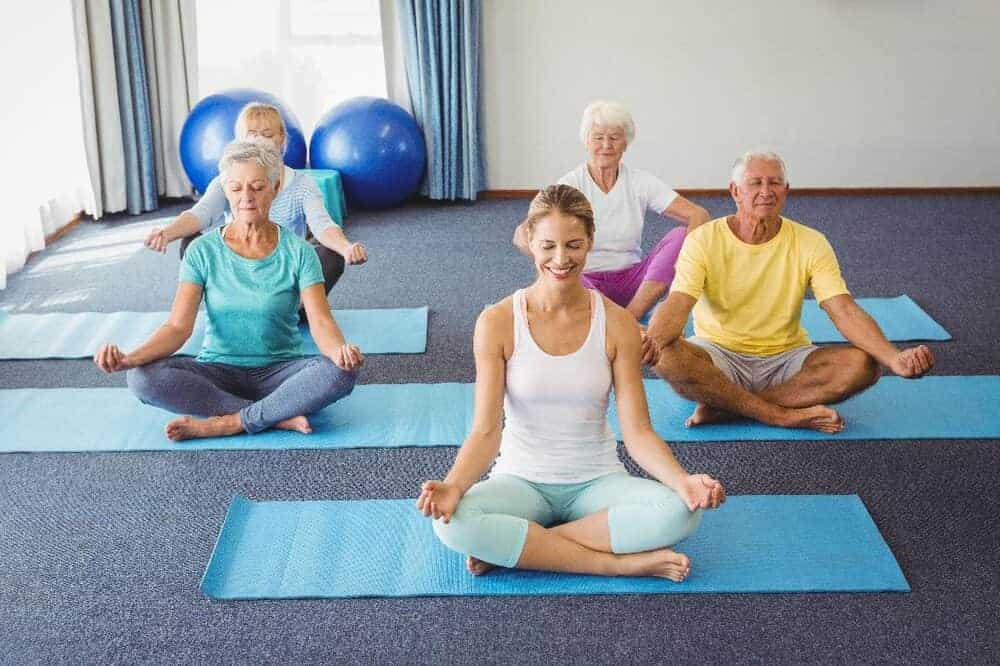
Anyone that feels pain when doing the Indian sit falls under one of two categories (or both).
- Tight hip flexors
- Joint problems
To further understand these causes, let’s take a closer look at each.
1. Tight Hip Flexors
Your hip flexors are a group of muscles that play a vital role in lower body movement.
Like all muscles, the hip flexors limit movement or flexibility if it’s too tight.
Now, let’s link that to the Indian sit.
It’s simple.
People with loose hip flexors can easily do the Indian sit, while people with tight hip flexors experience pain.
However, this isn’t necessarily true for everyone.
I mean, some people still experience pain when doing the Indian sit even with loose hip flexors.
In this case, it’s a matter of muscle unfamiliarity.
Ever wonder why Indians or yogis find it so easy? It’s because their hip flexors are trained to stay in that position, just as babies are trained to use their legs.
2. Joint Problems
Another factor that could cause pain is joint problems.
If you look at the position, you’ll see that two major joints – hips and knees – are under pressure.
Here’s the catch: joint problems are very common in those areas.
To be sure, joint pain can vary, as well as the duration.
But if you’re experiencing ANY joint problems, then it’ll surely hurt to do the Indian sit.
Just a few of the most common joint problems are strains, sprains, swelling, and arthritis.
How to Get Rid of the Pain When Sitting Indian Style?
It’s one thing to know what causes the pain…
…it’s quite another to know how to cure it.
Don’t worry.
In this section, we’re going to give you effective solutions to getting rid of the pain.
Loosen Your Hip Flexors
The first cause we mentioned was a tight hip flexor.
The obvious way to cure that is to loosen those muscles.
However, that’s a lot easier said than done.
This group of muscles is hard to access since it’s buried deep within your upper thighs, hips, and core.
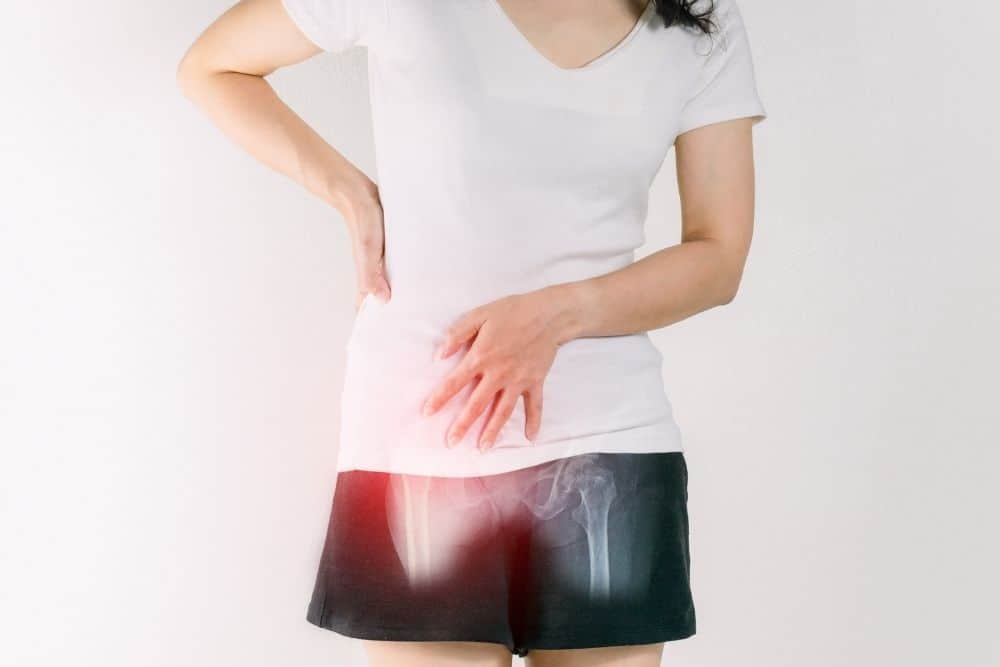
As a result of that, simple stretches have little effect on their tightness.
What you need to do is take part in a variety of exercise techniques. This way, you’ll be able to hit the muscles from different angles and loosen it all around.
Some of the techniques to loosen that area are PNF stretching, dynamic stretching, 3D core stability exercises, mobility exercises, muscle activation movements, etc…
Check out this video showing you 2 common PNF stretches:
Also, check this video showing you a great mobility exercise:
Let Your Muscles Get Used to the Position
If the pain comes from muscle unfamiliarity, all you need to do is start getting used to the position.
This solution requires you to do the Indian sit regularly.
Each time, try pushing your knees lower to the ground and opening your hips more.
As you continue to do that, you’ll be surprised how, sooner or later, you won’t feel any pain or discomfort anymore!
Consistency is KEY.
However, don’t go overboard too soon. You don’t want to tear muscle tissues.
Always remember to do it slowly.
Here’s another way you can get your muscles familiar with the Indian sitting style:
Consult Your Doctor
When it comes to joint problems, it’s best to avoid sitting Indian style altogether. I mean, it just makes matters worse.
However, if you insist, the best thing you can do is consult your doctor.
Ask them if it’s advisable for your condition.
What if your joint pain comes and goes?
Well, you can do the Indian sit when there’s no pain. Still, you should consult your doctor if you don’t want any complications later on.
You might ask, “Where’s the solution?”
The solution is don’t sit Indian style. Or, if you want to, consult your doctor first and see what they have to say.
How Can You Determine What’s Causing the Pain?
It can be a bit tricky to determine where YOU fall under.
The good news is that we have some helpful tips on how to find out.
The same is true with tight hip flexors.
Indian sit or not, you’ll feel pain or discomfort in your lower back, glutes, hips, legs, etc…
As for muscle unfamiliarity, the pain only comes when you’re trying the Indian sit.
If the pain persists, then it could be because of a tight hip flexor or joint problem.
There you have it – the simple ways to determine what’s causing your pain.
What Are the Alternatives to the Indian Sit?
If you can’t master the Indian sit or aren’t bothered to learn it, here are some alternatives.
The easiest one is the staff pose.
While sitting on the floor, stretch your legs out in front of you.
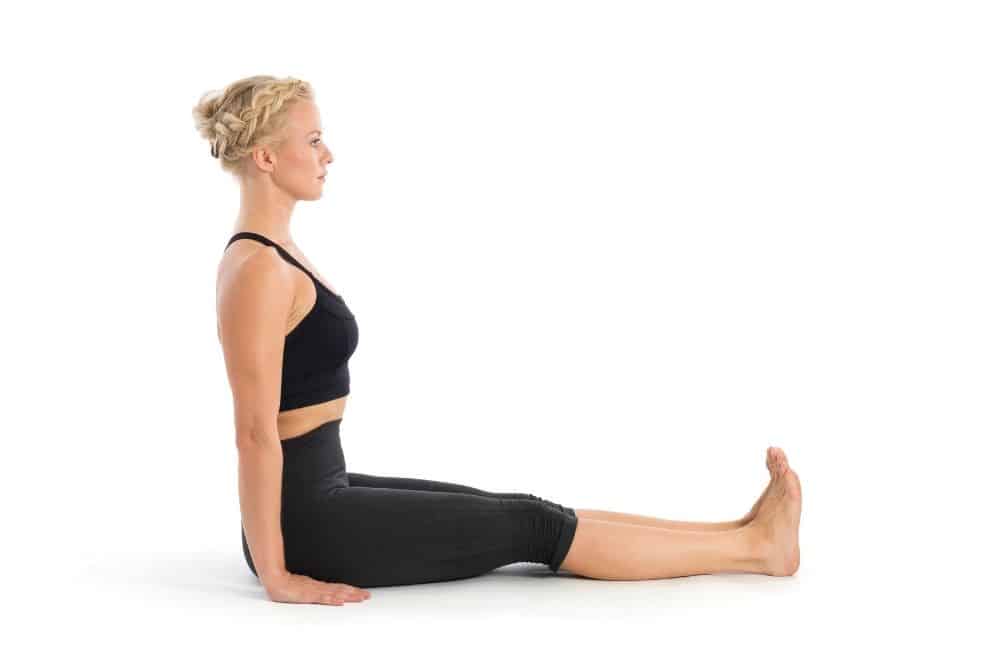
Then, there’s the straddle pose.
Spread your legs sideways as far as you can go. Mind you, it doesn’t have to be like an actual split.
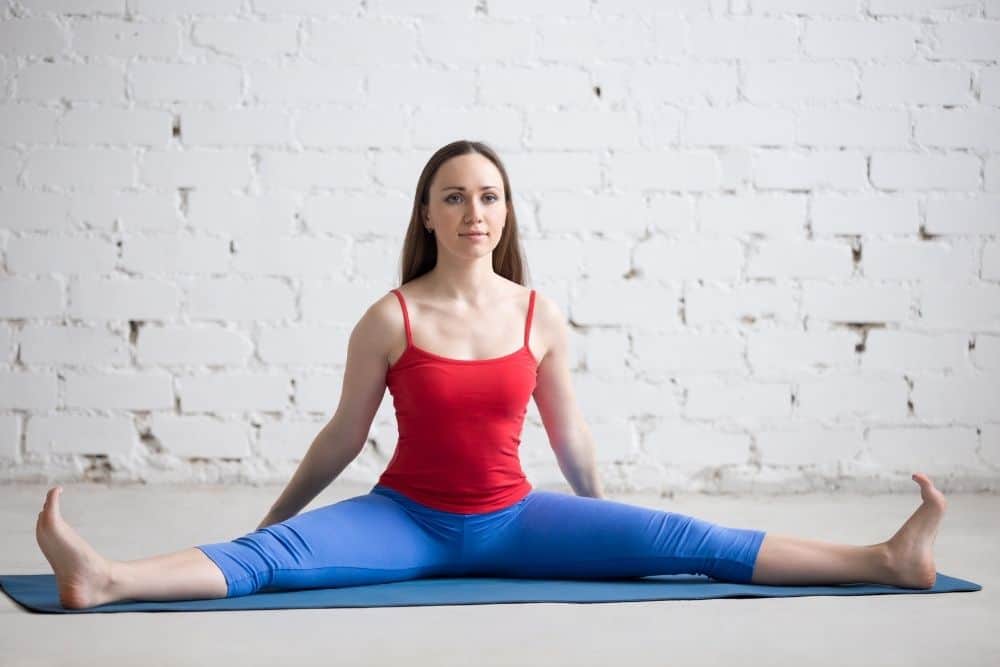
Something similar to the Indian sit is the cobbler pose.
Instead of crossing your legs and tucking your feet underneath, stick your feet together and try touching your knees to the floor.
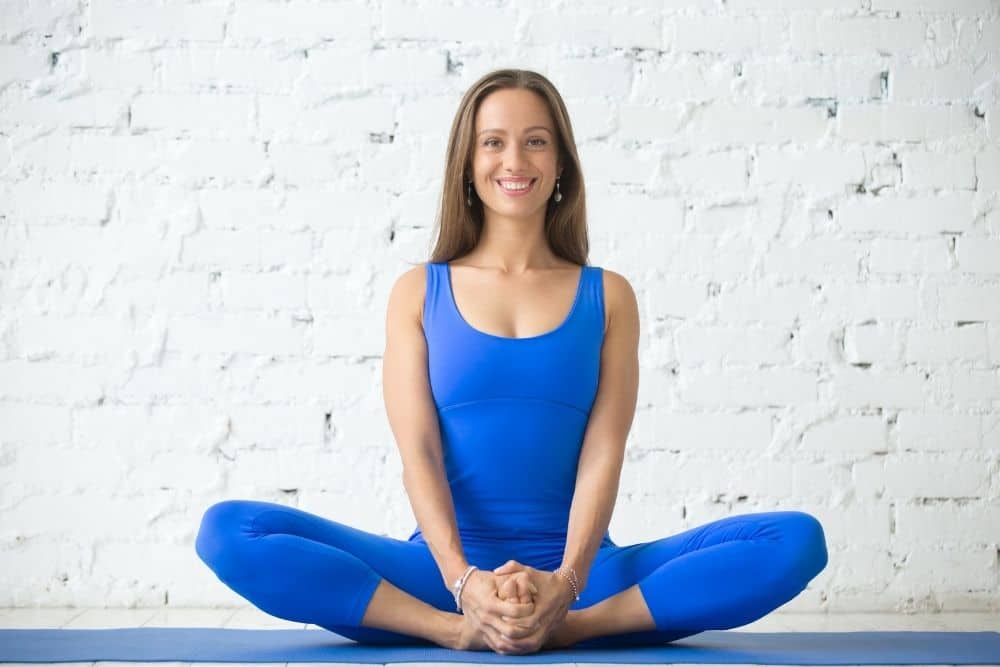
Like the Indian pose, the cobbler pose needs flexibility and practice.
Try out any of these alternatives and see which one is most comfortable for YOU.
Conclusion
Does it hurt when you sit Indian style?
Then either your hip flexors are tight, your muscles aren’t familiar with the position, or you suffer a joint problem.
You can fix that by doing a variety of exercise techniques, warming up your muscles, or consulting your doctor.
We hope this article has been a great help to you!

My name is Vance, and I am the owner of To Ergonomics. Our mission is to improve your workflow by helping you create a supportive and welcoming environment. We hope that you’ll find what you’re looking for while you’re here.

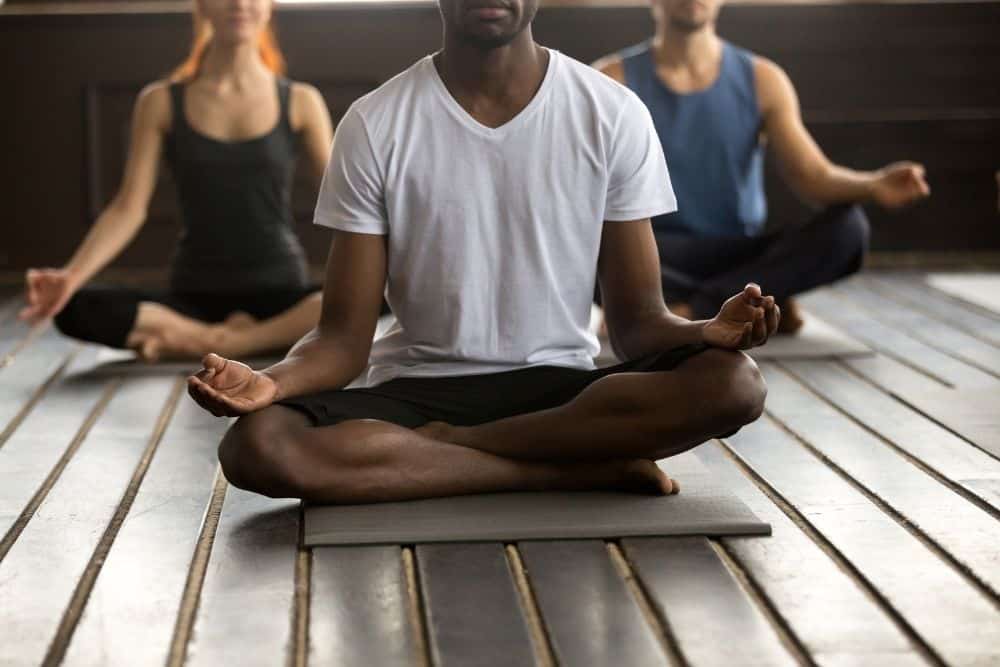
Adriana
Friday 1st of October 2021
Thank you so much!!!!! This article is as very very very useful